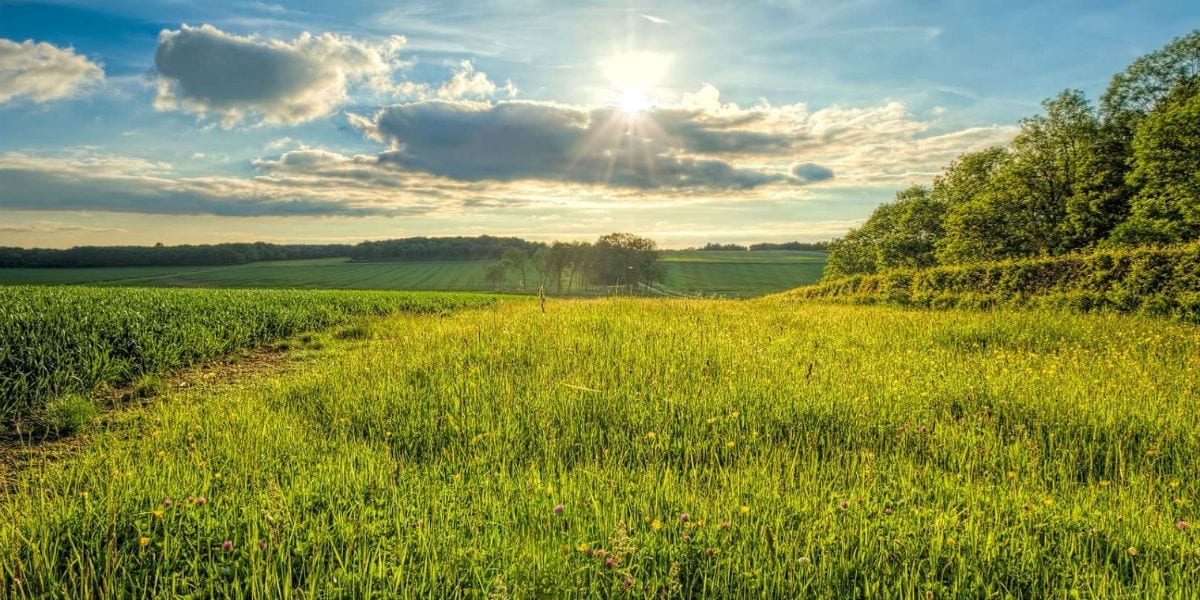We started with research on an annual fodder sorghum (cultivar Kow Kandy), in the Lusaka, Ndola and Livingstone districts of Zambia in 1999/2000,. The Kow Kandy was specifically popular amongst the dairy farmers. The local Dairy Industry and USA Aid were also involved.
US Aid is an organisation operating in Zambia and helping farmers. They quote in their report in 2009: “The demonstration plots containing the Kow Kandy pasture crops proved to be very successful with many farmers. The milk yields were increased as a result of feeding this pasture crop.”
The most encouraging fact was that several of the farmers with demo plots purchased additional Kow Kandy seed, enabling them to grow considerably larger areas of this crop.
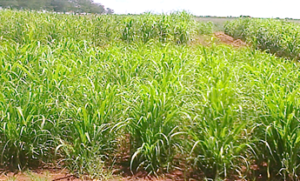
Kow Kandy fodder sorghum helped milk production to increase.
The following significant statistics speak for themselves:
During the last quarter of 2007 the total milk collected from smallholder dairy farmers around Lusaka was just over 300 000 litres. During the first quarter of 2009, more than 1,3 million litres of milk were collected from smallholders; an increase of 976 000 litres over a period of 15 months.
In the Copper Belt Kow Kandy act like a perennial (bi-annual) crop because of ideal climatic conditions. During November 2009, Mpima Dairy Producers in the Kabwe district, were visited and that was where the Kow Kandy was growing for its second summer season.
There was a group of enthusiastic small-scale dairy and Kow Kandy farmers, who were very anxious to learn more about management, fertilisation, and establishment of the crop.
This was not the only example of the success with Kow Kandy. It was seen growing in the Mkushi, Chingola, Ndoala, Mpongwe, Kaloma and Njase districts. Many of these farmers were using indigenous hybrid dairy cows. They did it on small scale, with between 5 and 10 cows, each producing 3 to 5 litres of milk per day. Their aim, at that stage, was to improve production to at least 7 litres per day, with improved pastures.
With the help of other agricultural organisations, the production of silage became more popular amongst the farmers. Maize as well as Kow Kandy were used for this. The reason for the interest in silage was the difficulty to make good quality hay in the rainy season.
The use of Sunn Hemp legume (Crotelaria juncea) also plays an important role. Two commercial farmers, Albert van Wyk and Patrick Dankwerts, in the south western area, use it on a large scale to produce silage. Kow Kandy and Sunn Hemp were used in a mixture to produce high quality silage.
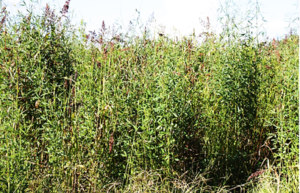
A mixture of Kow Kandy and Sun hemp make high-quality silage.
Other fodder crops, such as which Rhodes grass and Stylo legumes are also important in Zambia. Rhodes grass was traditionally used as a rotational crop in tobacco farming, and livestock farmers noticed its fodder value.
The use of a Rhodes grass and Stylo legume mixture as hay crop, also became popular. Stylo (Stylosanthus spp.) is a legume fodder crop that is doing very well in the higher rainfall areas of Zambia. The interesting part of this is that farmers are selling hay of this mixture, that contains Stylo seeds. These seeds are distributed in the dung of animals that feed on the hay to further establish it very successfully. This is one of the most successful legume stories in Africa.
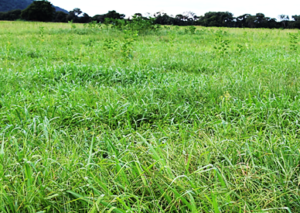
A mixture of Rhodes grass and Stylo legumes makes excellent feed.
Annual winter rye grasses (cultivars Jeanne and Jivet), as well as Tall Fescue perennial winter grass, also gained popularity amongst commercial dairy farmers. Jeanne Italian rye grass is more popular because of its characteristic to grow for more than twelve months. This is because the winters are not cold, which keep it in a vegetative stage and prevents it from producing seed.
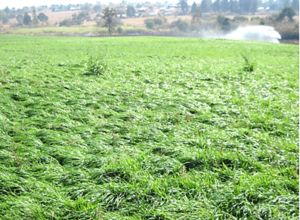
Annual Italian ryegrass grows for more than twelve months.
There is much more to mention about work that was done in Zambia.
For more information, contact Prof Chris S Dannhauser, Pasture and Rangeland Consultant, on (+27) 082-873-4736 or send an e-mail to chriswei@vodamail.co.za

